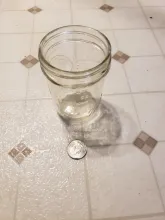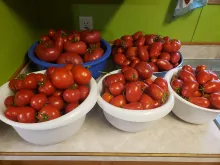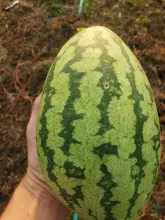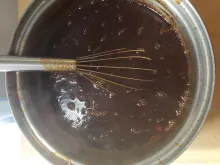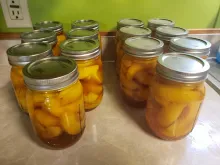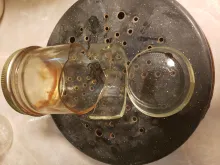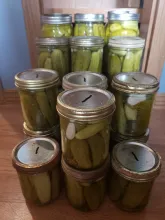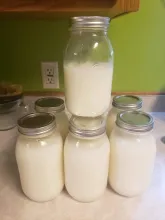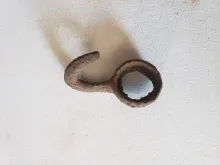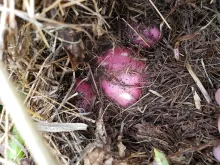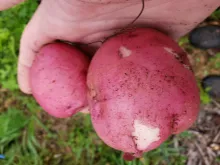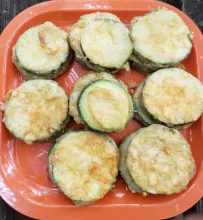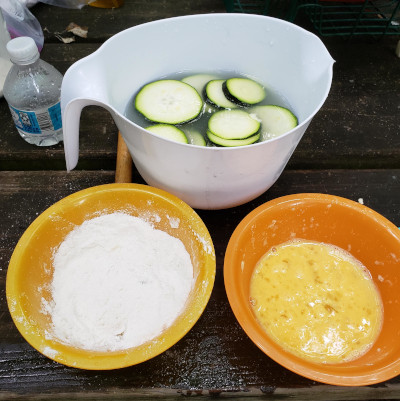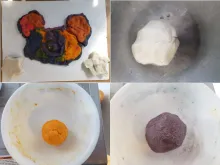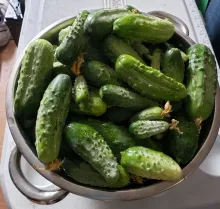What you will need for this experiment is a small jar (a drinking glass will also work), a coin, and water.
While this experiment demonstrates how light waves bend when moving from one medium to another (air to water) the same phenomena happens with sound, water, and other waves. It is known as refraction. When light is moving through just air it moves in a straight line but once it begins passing through water it bends!
What appears to be magic is simply an optical illusion caused by every day physics!
